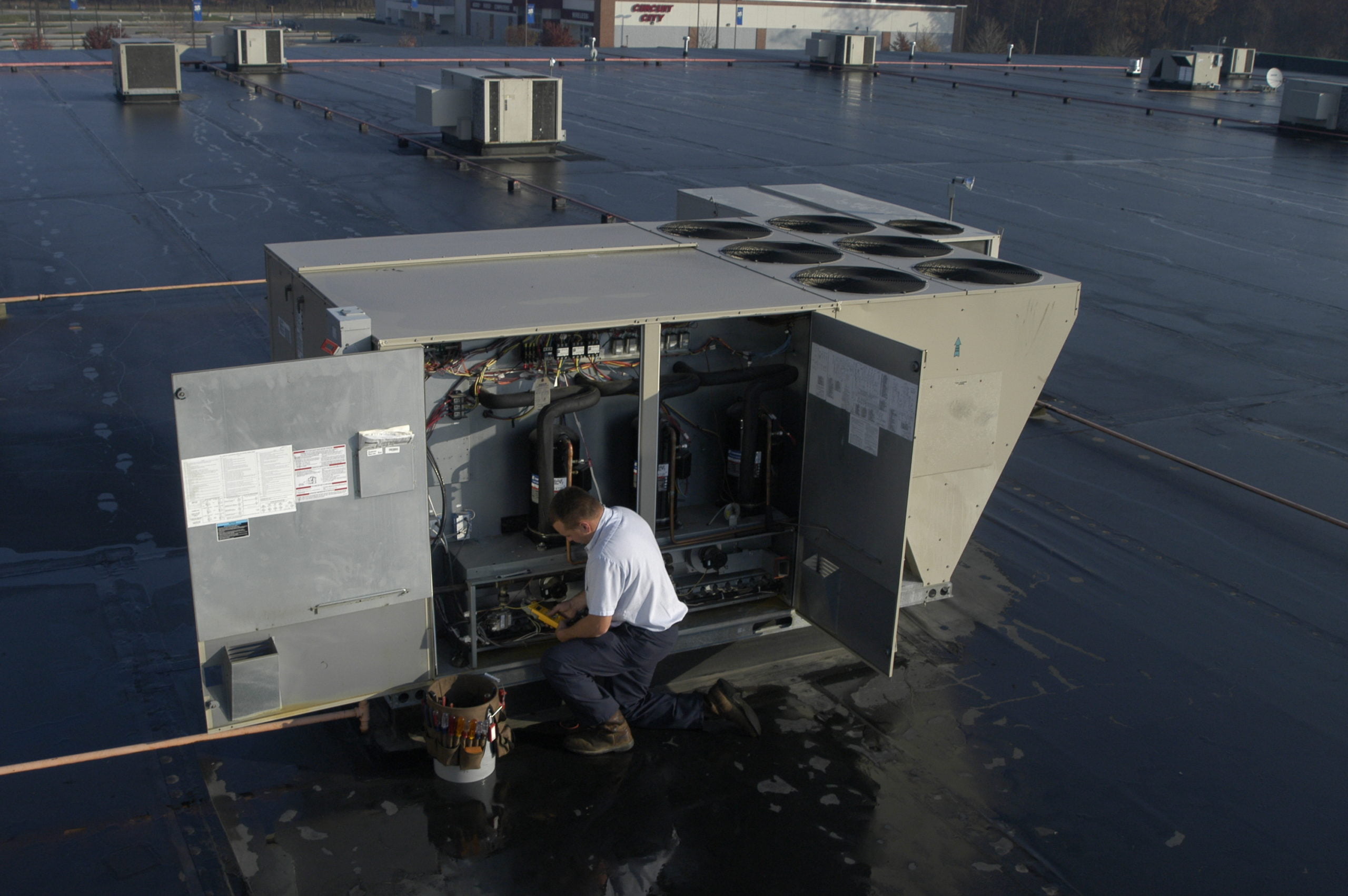When it comes to building automation controls costs, there are many factors involved, all of which you will need to take into account when you are deciding whether the cost of a building automation installation or upgrade is offset adequately by the benefits.
Here are issues related to building automation costs and benefits that you need to consider:
The Cost of the System
The first factor to consider when you are assessing building automation installation or upgrades is the cost of the system itself. Many times the annual savings exceed the amortized capital outlay. What’s not to love about a positive net present value (NPV) and decreased operating expenses? In fact, concerns over obsolescence is a trend that is getting building owners to take a fresh look at automation. You may not have a choice but to upgrade as original proprietary controllers, pneumatic systems, and old electric control devices on most existing buildings will eventually outlive the support of the proprietary servicer and manufacturer. These systems are much costlier to maintain compared to new encouraging building owners to be proactive in replacing these aging systems with new, open-protocol building management systems that can be serviced by many control service firms at a lower cost. Further savings mentioned below can enhance the ROI of your investment.
The Savings You Can Expect to See On Utilities
It is a much-publicized truth that installing a new BMS or upgrading your existing one can save you up to 15% on your utility bills. Better yet, when buildings are managed (as intended) using access controls to determine occupancy and turn equipment and lights off and on only when needed, the savings can be even greater. With remote monitoring and an energy management system (EMS), a smart building manager can use trend data to continuously commission and crush your energy savings goals.
Reduced Tenant Complaints
How costly is it to re-tenant a space due to comfort concerns, or to lose a tenant to the intelligent energy star-rated building next door? When your building is running at peak efficiency thanks to a new building management system, you will get fewer complaints from tenants about heating, ventilation, lighting and other systems. Since your employees have had to deal with those complaints, they have been costing real money. Calculate how long, on average, each complaint takes to deal with, and how often you currently get them. Then add up the total overhead cost to have your employees handle those complaints in an average month or year. Add this to a lower calculated vacancy rate to establish your true savings projection.
Reduced Maintenance Costs
Your building management system controls the systems in your building and ensures that they are always working efficiently (and that they are turned off or down when not needed). This means there is less wear and tear on HVAC systems, lighting and other systems in buildings with comprehensive management systems and maintenance costs are reduced, both in terms of labor and replacement parts.
With remote monitoring and access, your service provider can be proactive in troubleshooting issues remotely and arriving with the right part to make the repair quickly and at a lower cost. It’s a fact that top service companies will guarantee lower service costs if they also provide for controls service and monitoring. The reason is simple: they are able to service your building more smartly, and pass the savings along to you.
As you can see, there are many factors involved in assessing the cost versus benefits of a new building management system, retrofit or upgrade. If you are in doubt about costs versus benefits, or which system offers the best of all worlds, talk to a company that specializes in servicing and installing both mechanical systems and building automation systems. Get all the facts, and ask for a summary of projected savings vs. the cost of upgrading your building controls, you might find that there are many benefits that do more than just offset the actual price.




